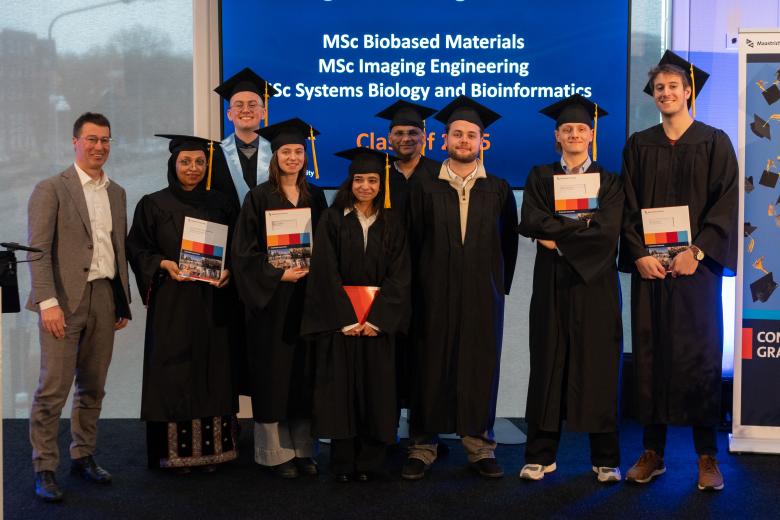New technique measures live activity of gut bacteria
At Maastricht UMC+, NUTRIM researchers have developed a technique in collaboration with Research Engineering IDEE and Maastricht Instruments to measure the activity of gut bacteria by mapping the gases they produce. With this method, scientists can track how gut bacteria respond to different foods over an extended period of time. In the future, this insight could help in better preventing and treating diseases such as obesity, diabetes, cardiovascular diseases, and mental health problems.
Our gut bacteria play a crucial role in the processing (fermentation) of dietary fibers and proteins that our bodies cannot absorb on their own. When these nutrients are broken down, gases are released, either through exhaled air or flatulence – gases that contain beneficial substances for our metabolism, immune system, and brain health. Until now, the activity of gut bacteria could only be studied through stool samples. With the new technology, it is now possible to directly and continuously measure the gut gases produced during the fermentation of dietary fibers (such as methane and hydrogen) and proteins (hydrogen sulfide), and link this to the food a person consumes.
Special fermentation chambers
The measurements take place in special research rooms at the Metabolic Research Unit Maastricht (MRUM) at Maastricht UMC+, known as fermentation chambers. These rooms are sealed and equipped with fresh air, and they can extract used air. Existing sensors for measuring exhaled gases, which are used to monitor the participant’s energy expenditure, have been enhanced with new sensors to measure gut gases. This allows researchers to observe in real time how gut bacteria respond to a fiber-rich meal. If the gut bacteria begin to ferment, the researcher can immediately see it on the screen. This enables them to study the fermentation of carbohydrates and proteins in the gut in great detail.
Research on the impact of fibres
The research team, led by Professor Ellen Blaak, is continuing to study the new technique, currently focusing specifically on the impact of different types of fibre on gut bacteria. For this, participants spend two separate 36-hour periods in the fermentation chambers. During one stay, they are given extra fibre with their meals, while during the other stay, they are not. This allows the researchers to see whether gut bacteria respond differently to meals rich in fibre. The results are also compared between individuals with prediabetes type 2 and those with a healthy weight and normal blood sugar levels. Since the composition of gut bacteria varies from person to person, the researchers hope to eventually find insights for dietary interventions tailored to individual metabolism. The first results from this study are expected in May 2025.
This article was published before on the Maastricht MUMC+ website.
Also read
-
Reconnecting the brain and body: how to control devices with your thoughts
Can you control a robotic arm with your thoughts? Paul Weger (MHeNs) studies this to give back independence to patients with neurological conditions.
-
Green school playgrounds boost concentration and wellbeing
Children at schools with green playgrounds are better able to concentrate and display more social behaviour. This is the conclusion of a follow-up study within the long-running project The Healthy Primary School of the Future .
-
Ron Heeren appointed fellow of the Netherlands Academy of Engineering
Professor Ron Heeren, distinguished university professor at Maastricht University (UM) and director of the Maastricht MultiModal Molecular Imaging Institute (M4i), was appointed as a fellow of the Netherlands Academy of Engineering (NAE) on Thursday 11 December.